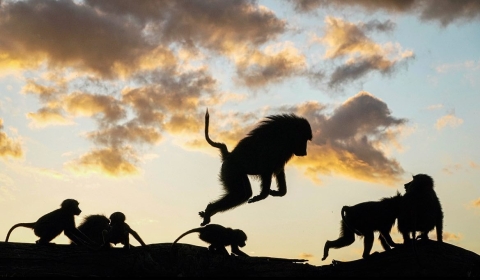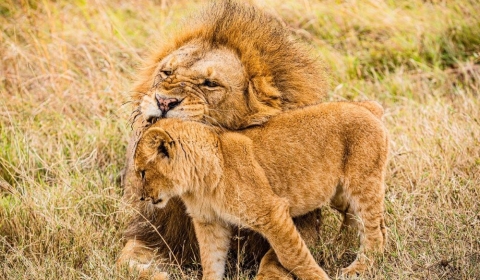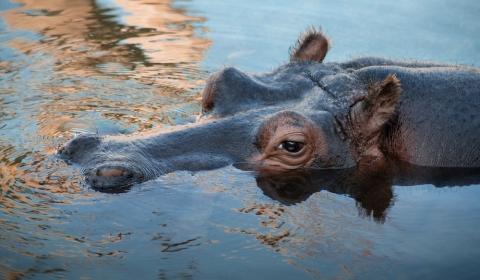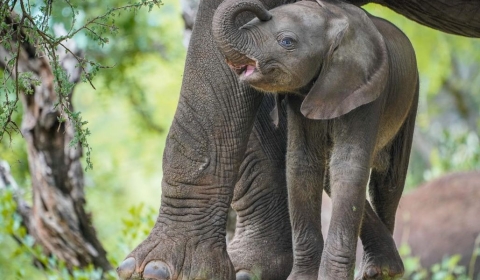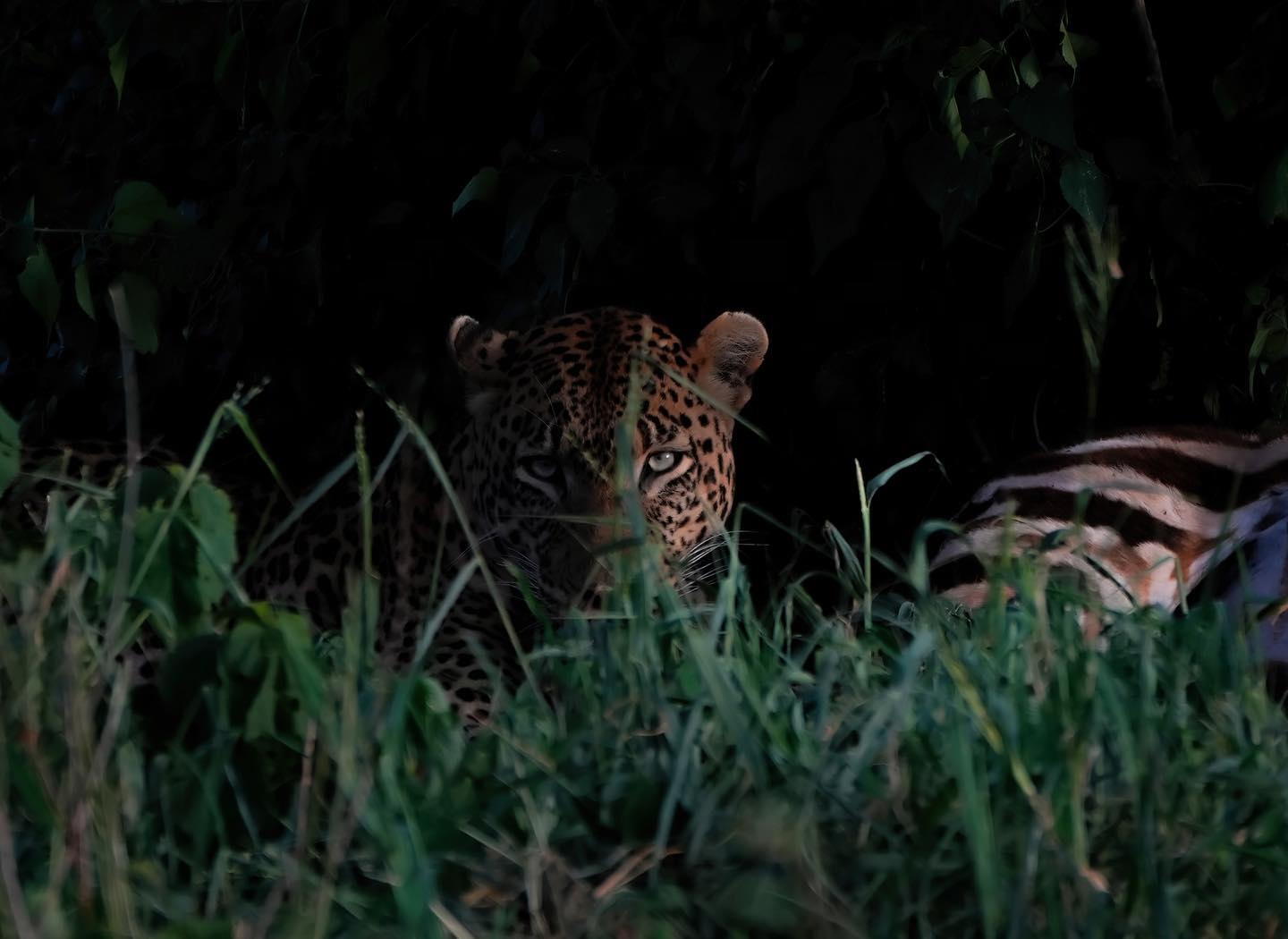
Overview
Nyerere National Park, named in honor of Julius Nyerere, the first president of Tanzania, is a remarkable expanse of wilderness located in southeastern Tanzania. Spanning over 30,000 square kilometers, it is one of the largest national parks in Africa, and part of the greater Selous Game Reserve. The park’s vast landscapes, rich biodiversity, and unique activities offer an unparalleled safari experience.
Wildlife and Biodiversity
Nyerere National Park is a haven for wildlife enthusiasts. The park is home to an extraordinary variety of fauna:
Mammals: Elephants, lions, leopards, African wild dogs, buffaloes, hippos, giraffes, zebras, and wildebeest are commonly seen.
Birds: Over 440 bird species inhabit the park, including the African fish eagle, the lilac-breasted roller, and the elusive Pel’s fishing owl.
Aquatic Life: The Rufiji River, which flows through the park, hosts a diverse range of aquatic species, including crocodiles and numerous fish species.
Activities
Nyerere National Park offers a range of activities that allow visitors to experience its natural beauty and wildlife up close:
Game Drives: Safaris in 4x4 vehicles are the most popular way to explore the park and see its wildlife.
Boat Safaris: The Rufiji River provides a unique perspective on the park, where visitors can spot hippos, crocodiles, and a variety of birdlife.
Walking Safaris: Guided walks offer an intimate experience with the park’s flora and fauna, led by experienced rangers.
Bird Watching: With its diverse birdlife, the park is a paradise for bird watchers.
Cultural Tours: Visits to nearby local communities can be arranged to experience the rich cultural heritage of the region.
Landscape and Geography
The park features a diverse landscape:
Rufiji River: The largest river in Tanzania, the Rufiji, is a lifeline for the park, supporting its rich biodiversity and offering scenic boat safaris.
Miombo Woodlands: These woodlands are typical of the park’s landscape, providing habitat for numerous species.
Savannas and Grasslands: Open plains and grasslands are ideal for spotting large herds of herbivores and their predators.
Accessibility
Nyerere National Park is accessible both by road and air:
By Road: The park is approximately a 6-hour drive from Dar es Salaam, Tanzania’s largest city.
By Air: Several airstrips within the park cater to charter flights, making it possible to reach the park quickly from major cities.
Accommodation
The park offers various accommodation options to suit different preferences and budgets:
Luxury Lodges and Tented Camps: These provide high-end amenities and services, often located in prime wildlife viewing areas.
Mid-Range Camps: Offering comfort and convenience, these camps are perfect for those seeking a balanced safari experience.
Budget Options: There are also more affordable camps and lodges for budget-conscious travelers.
Conservation Efforts
Nyerere National Park is committed to conservation and sustainable tourism. Efforts are focused on protecting the park’s diverse ecosystems and endangered species, particularly the African wild dog and elephant populations. Visitors are encouraged to adhere to park regulations to minimize their impact on the environment.
Visitor Information
Best Time to Visit: The dry season, from June to October, is ideal for wildlife viewing as animals gather around water sources. The wet season, from November to May, offers lush landscapes and excellent bird watching opportunities.
Entry Fees: Park fees vary for residents and non-residents and contribute to the conservation and maintenance of the park.
Guided Tours: It is highly recommended to explore the park with professional guides for safety and to enhance the safari experience.
Experience the wild heart of Africa at Nyerere National Park, where adventure awaits at every turn and nature’s beauty knows no bounds.

